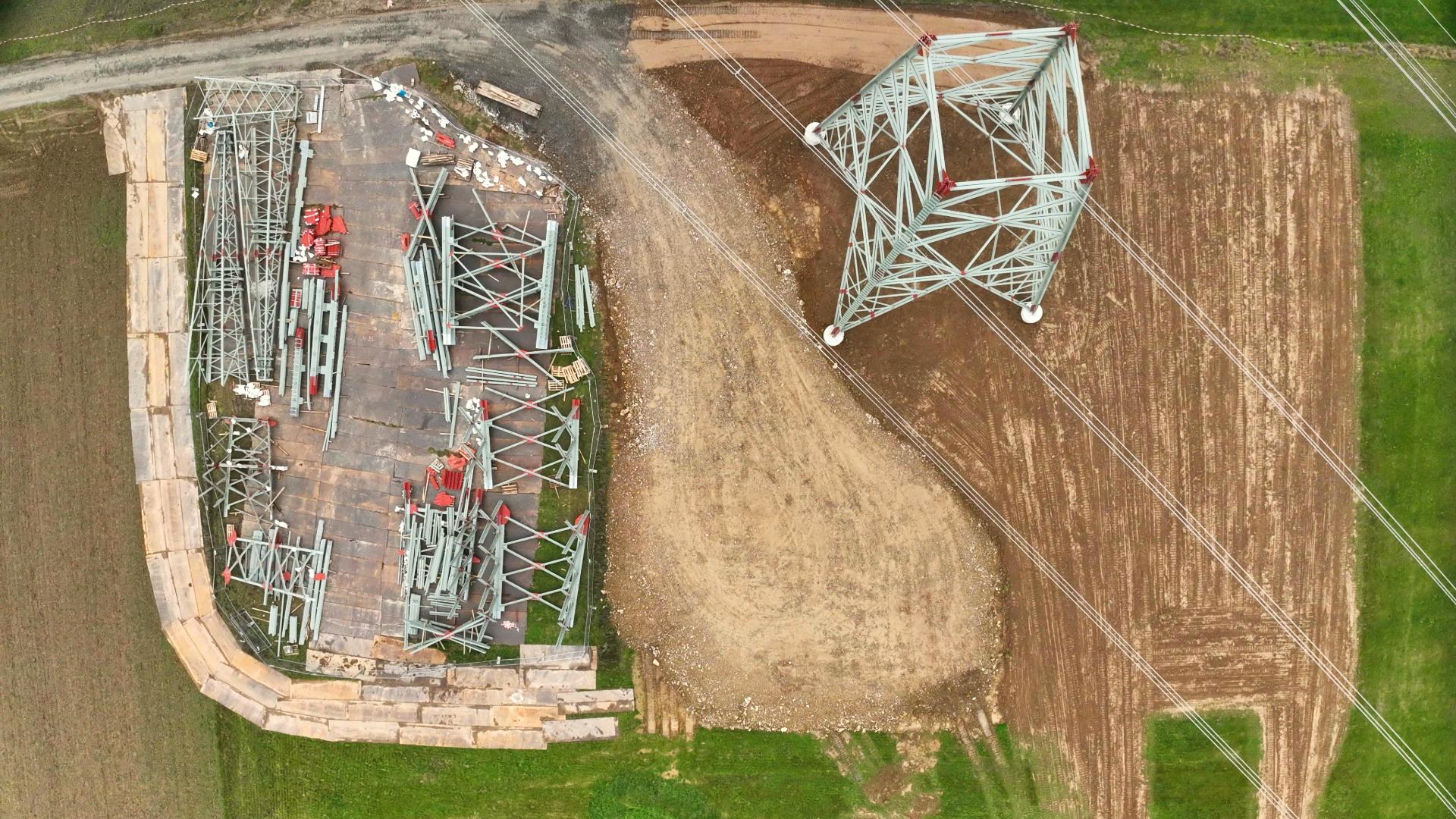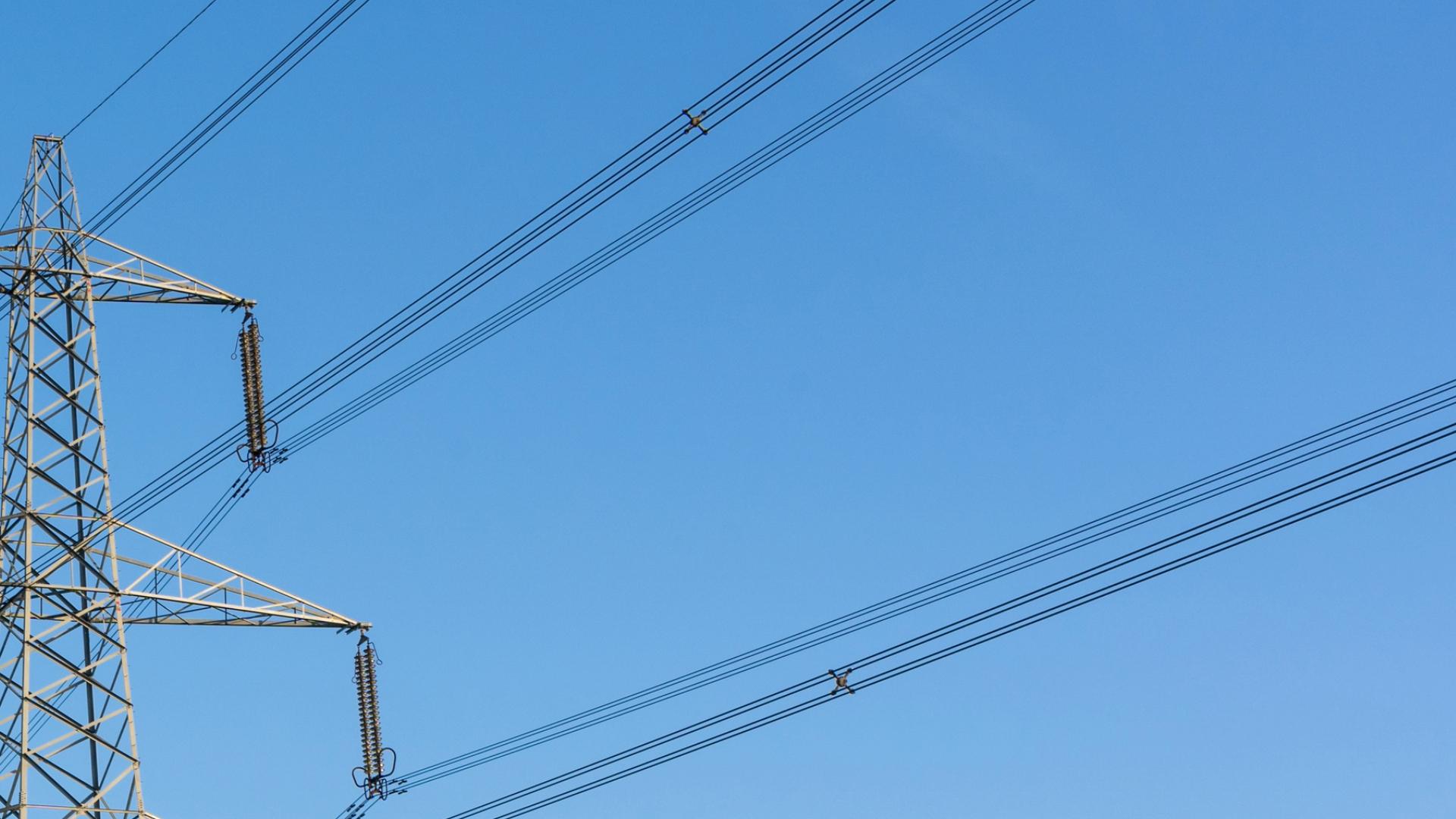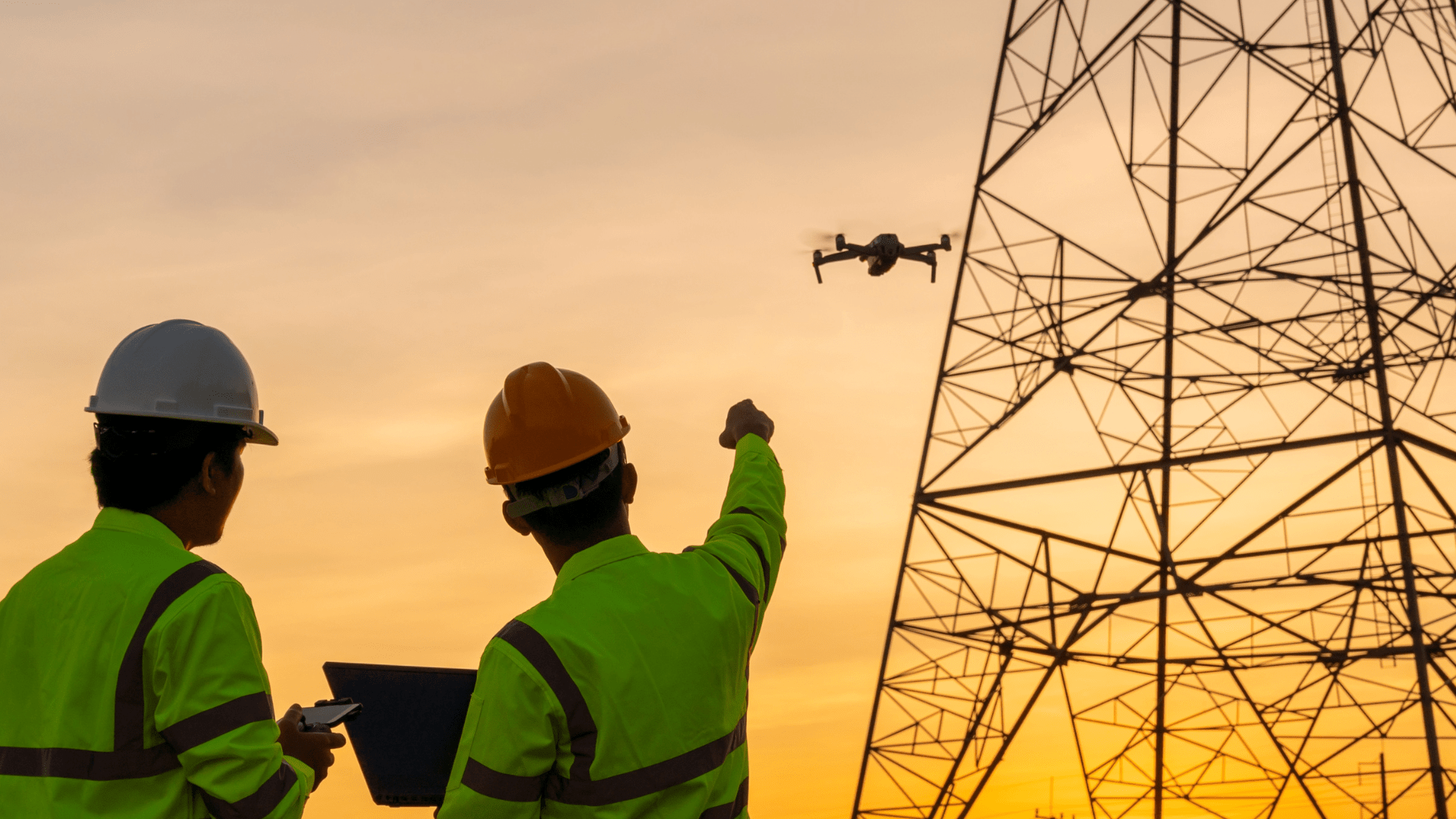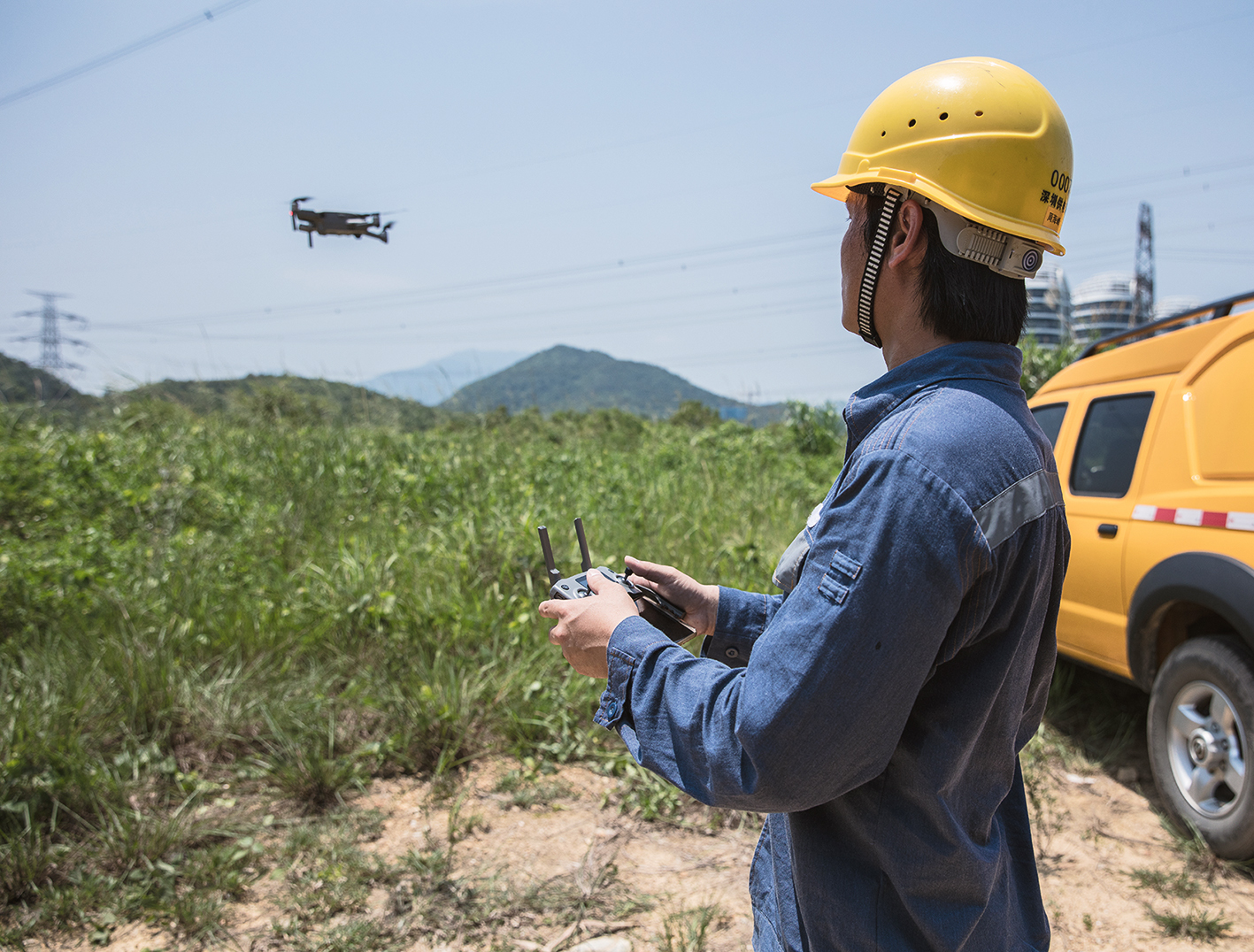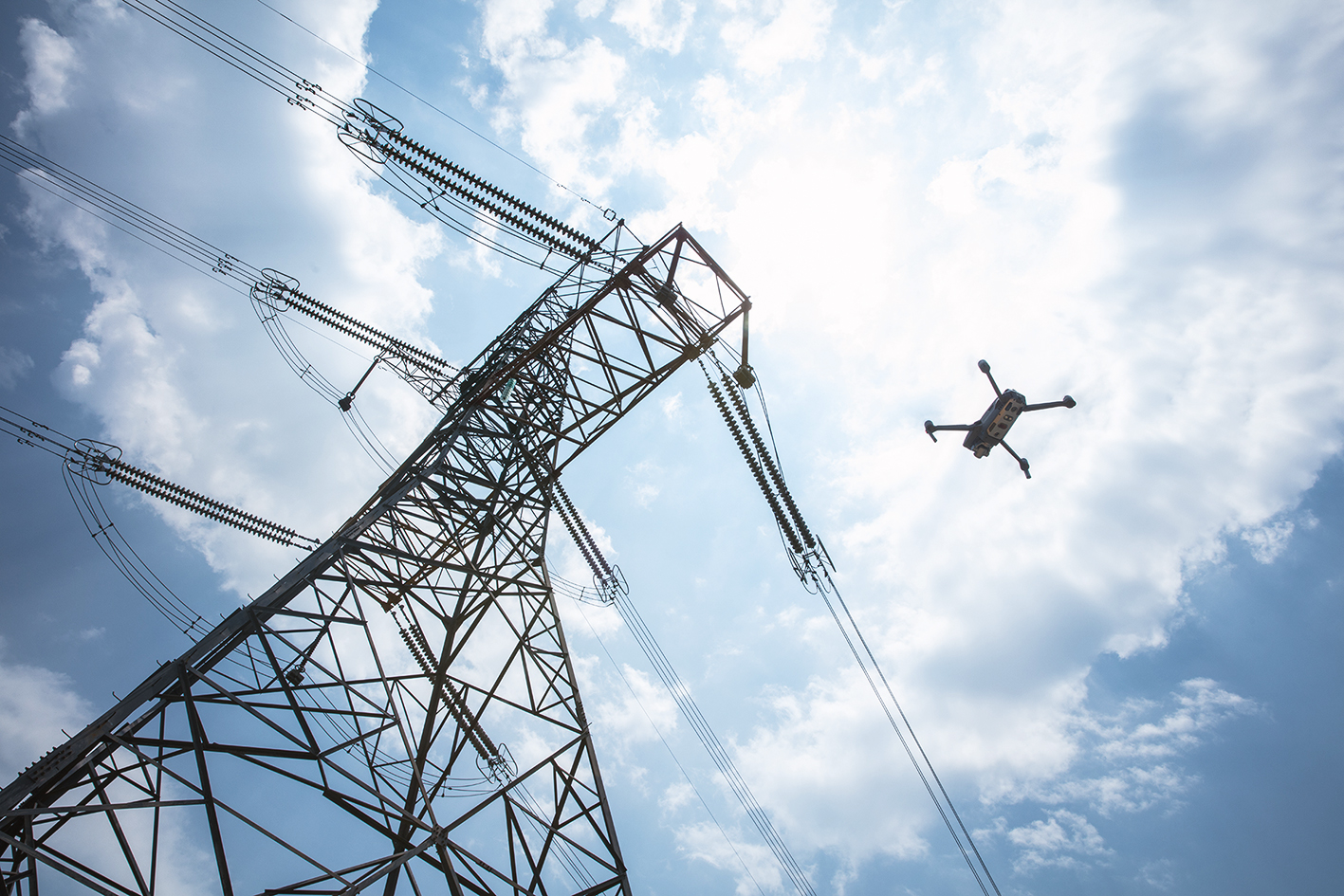In July we pointed out in our blog the advantages of using drones to inspect power poles. In this article, we would like to take a closer look at the topic and examine individual aspects. The enormous number of over 350,000 power poles in Germany also includes hundreds of thousands of individual parts. The many power pole locations must be checked regularly. Further power pole locations are already planned and will also be needed for the energy transition. Projects with drones offer an opportunity to increase the efficiency and quality of maintenance work.
The energy transition and congested electricity highways
There are many reasons for the sluggish expansion of the electricity grid. With complex planning approval procedures and citizen participation, people in Germany are involved in the expansion of the transmission grid. This can drag on for several years because not everyone wants to live near a new power pole location. Even farmers do not see the alternative underground cable line as a gain and are worried about the quality of their soil. Citizens’ initiatives and court proceedings are now part of the horizon of expectations and the mammoth task of transforming our energy system is coming to a standstill. However, new concepts are needed to turn away from nuclear power, coal, and oil. In the future, every household will also be supplied with wind power from north to south. These old “electricity highways” are often not able to supply the necessary line capacities so that this wind power can be used by everyone. Never has an intact and efficient grid been so important as it is today.
Do increasing weather extremes require more qualified inspections?
For some time we perceive the change in weather conditions. Global warming and climate change is extensively discussed. People feel that weather extremes are causing more and more damage. Tornados suddenly appear in Germany that we only know from the United States. It rains in masses, which tears entire houses apart. Additionally, temperature changes provide unbelievable hot summers.
However, it is not always the weather that causes new phenomena and damage. Rather, it is simply the growing population that is settling in more and more areas and now observes these weather phenomena. Settled, people create an infrastructure that needs electricity. Electricity enables people to live a modern life. Population growth also means that more and more buildings are being built and more and more old buildings must be inspected and maintained. The same goes for the power lines.
The inspection of the mast conditions
Under Section 11 of the German Energy Industry Act, electricity network operators are legally obliged to ensure “a safe, reliable and efficient energy supply network”. This also results in a special requirement to inspect the entire construction of a power pole site after a storm. The so-called dismounting of the lattice masts is a routine part of inspections carried out by the fitters. In addition to the tight fit of any bolted connections, the step irons and handles need to be checked as well.
Special attention is paid to the insulators of the cables, which must be tested at a height of more than 100 meters.
Additionally, at this height the spacers of the live aluminum cables and the flight warning lights are located. The spacers are screwed between the transmission lines so that the same distance is always maintained between the ropes. A ground rope, which is stretched over the lattice mast, must of course also be checked for damage. It protects against lightning strikes.
Rust destroys the steel of the lattice construction
In addition to other parts, this results in a very large number of test points per mast and the special rust protection factors have not yet been mentioned. Here, too, the steel grid construction consisting of many different angles requires careful testing. This is because the rust protection must not only be resistant to all weather influences and gases but must also have sufficient elasticity. Otherwise, premature embrittlement of the steel structures can lead to collapses, resulting in a power failure.
All these elements are checked by hand. Sometimes helicopters or cable cars can be used for inspection. Either way, this always means the use of specially and extensively trained personnel and material. Drones are a very cost-efficient alternative to at least many tasks associated with visual inspections. The unmanned aircraft can be safely controlled from the ground and the captured image of the onboard cameras sent to a control center. There, appropriate specialists can evaluate the image material.
Preparation of mast pictures taken by a drone for mast documentation
Legal requirements, as well as our own project plans, require documentation of the mast locations. Mast images are processed in the CAD programs of the project executing agencies and services for optimal visualization. Drones can flexibly document damage with their high-resolution cameras and support the corresponding digital processes of further processing. The acquisition of inventory data is thus digitally supported. Unlike helicopters, drones can take even more precise pictures because they can remain in the air at a certain point. They can also orbit objects at will. The decision as to whether to use your own drones or the drones by external experts is just as individual as each deployment scenario.
Ideally, your own core processes are simply supplemented by drones and the various project partners are involved through a single tool.
This guarantees lean procedures and makes it possible to control the tasks.
With FlyNex HORIZON the processes of planning missions with drones as well as the participation of project partners are mapped within one software. Whether in-house or with external partners, with just a few clicks you can coordinate projects and keep track of them. Read more in our blog article.
Would you like to stay up to date with the latest drone applications?
Then register today for our newsletter on flynex.io
The FlyNex Team


